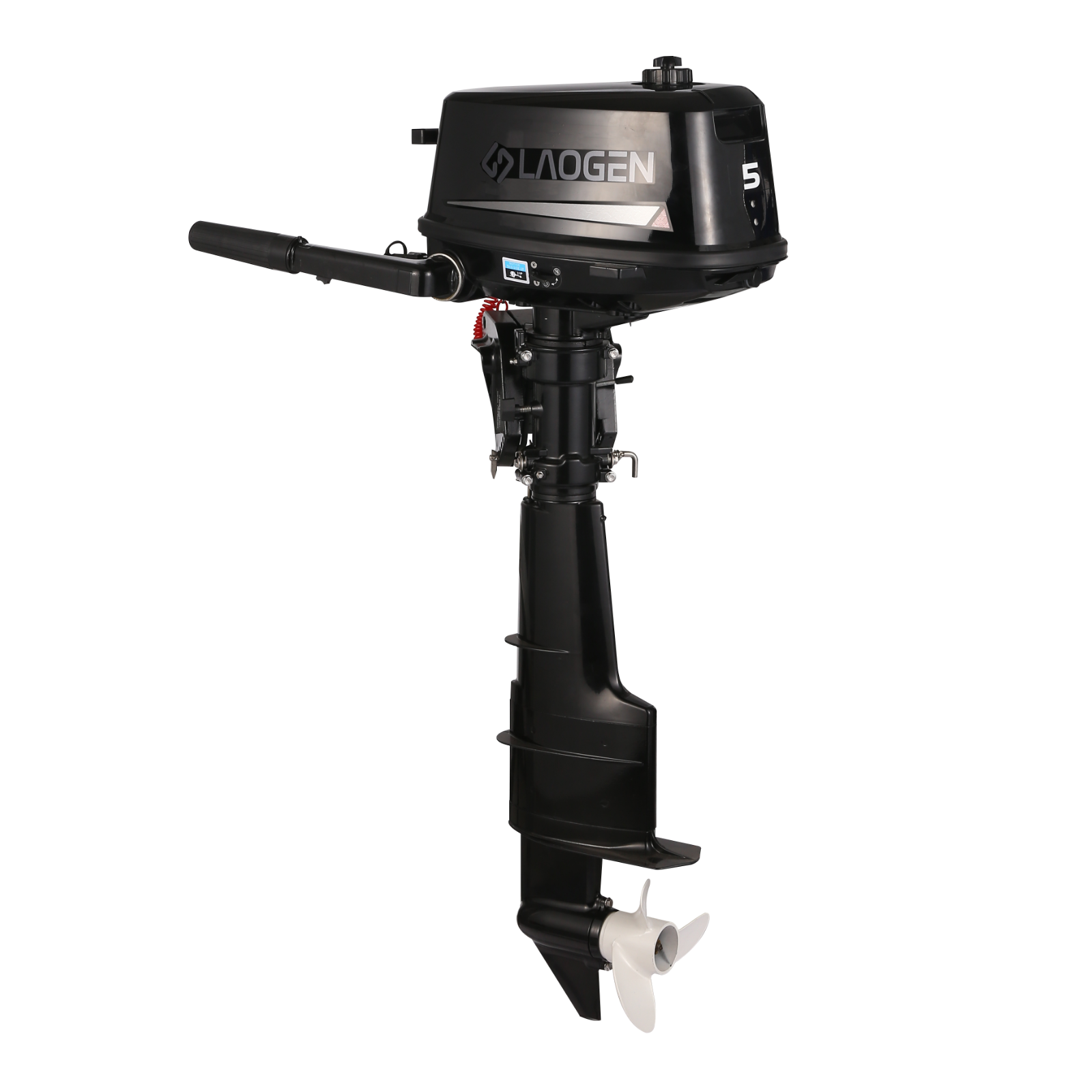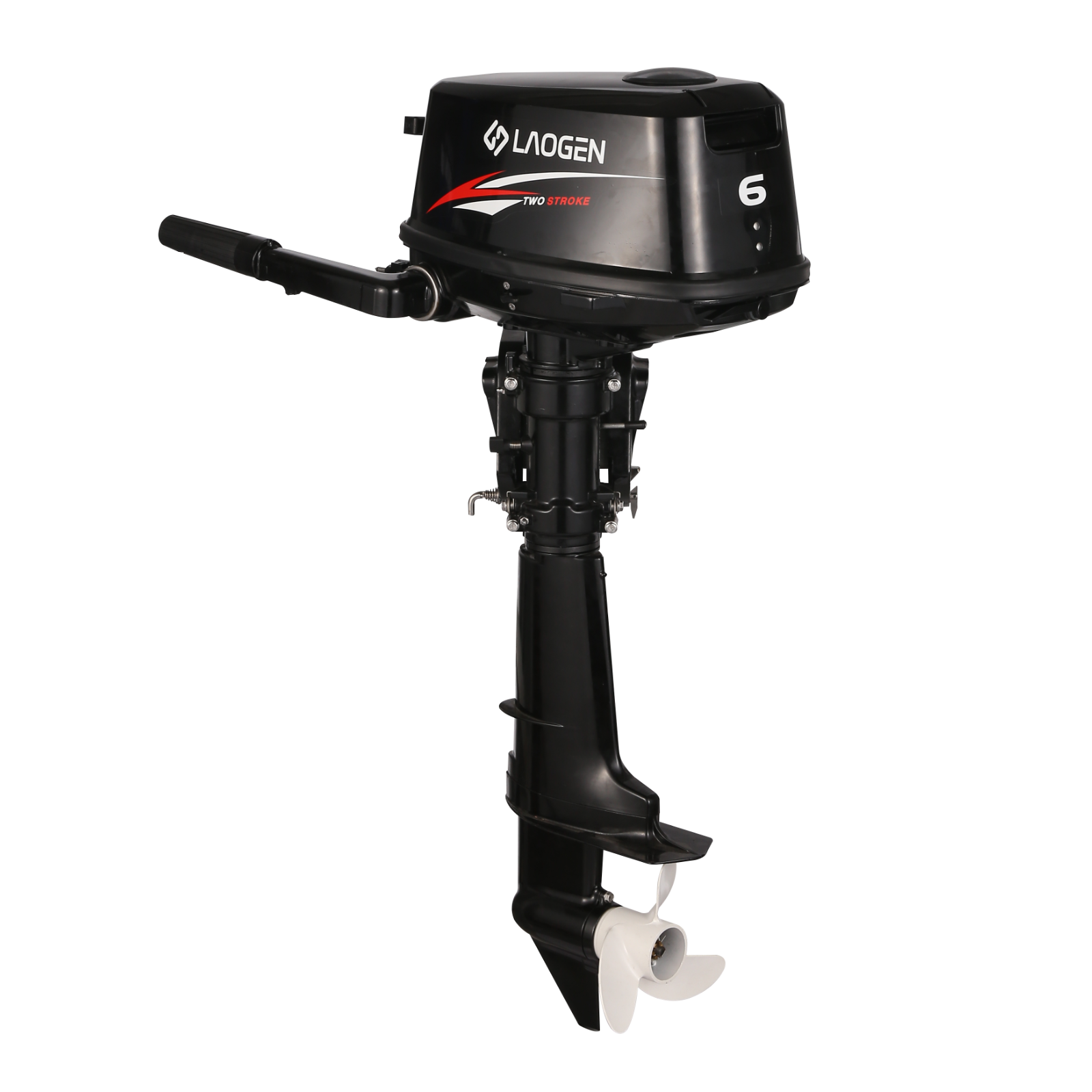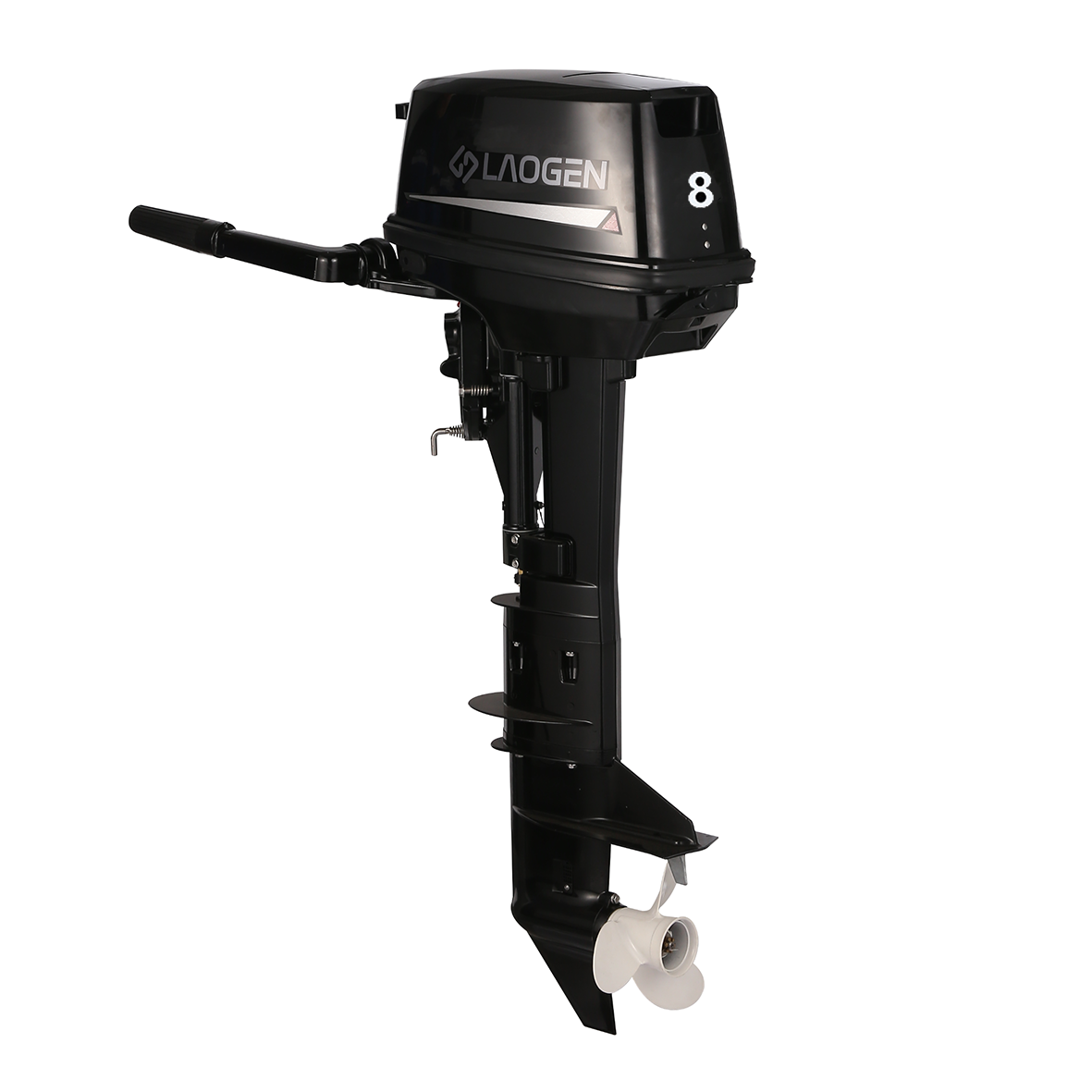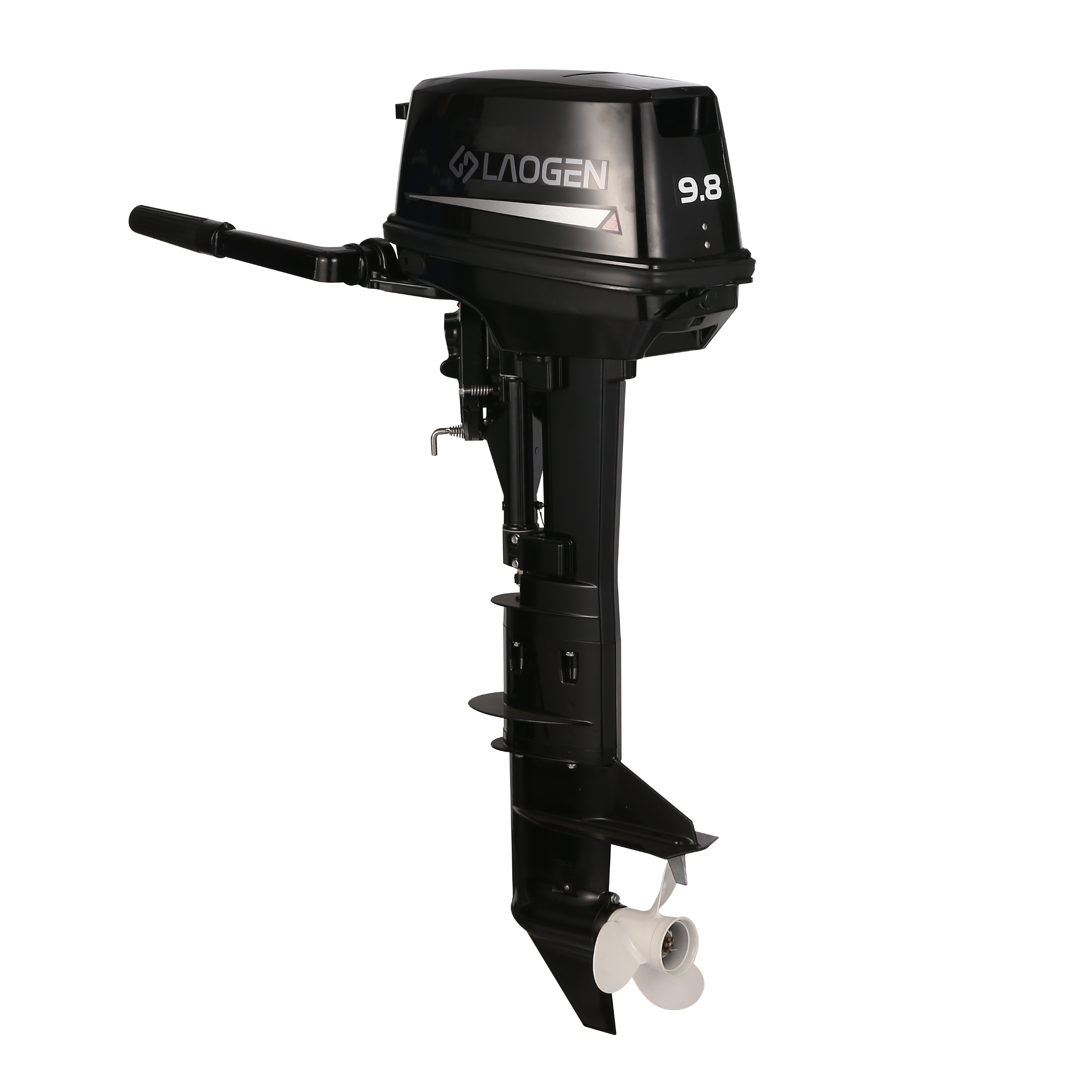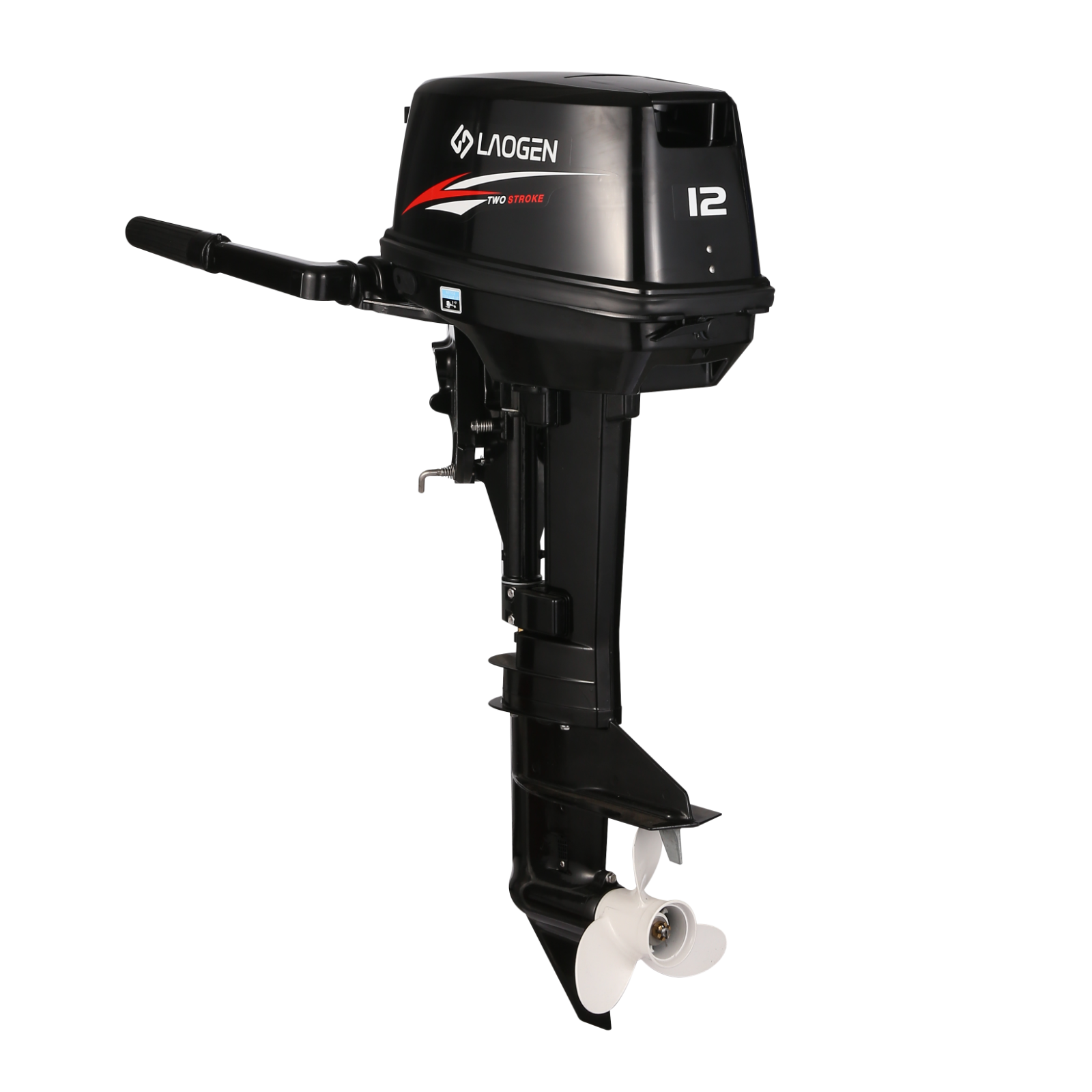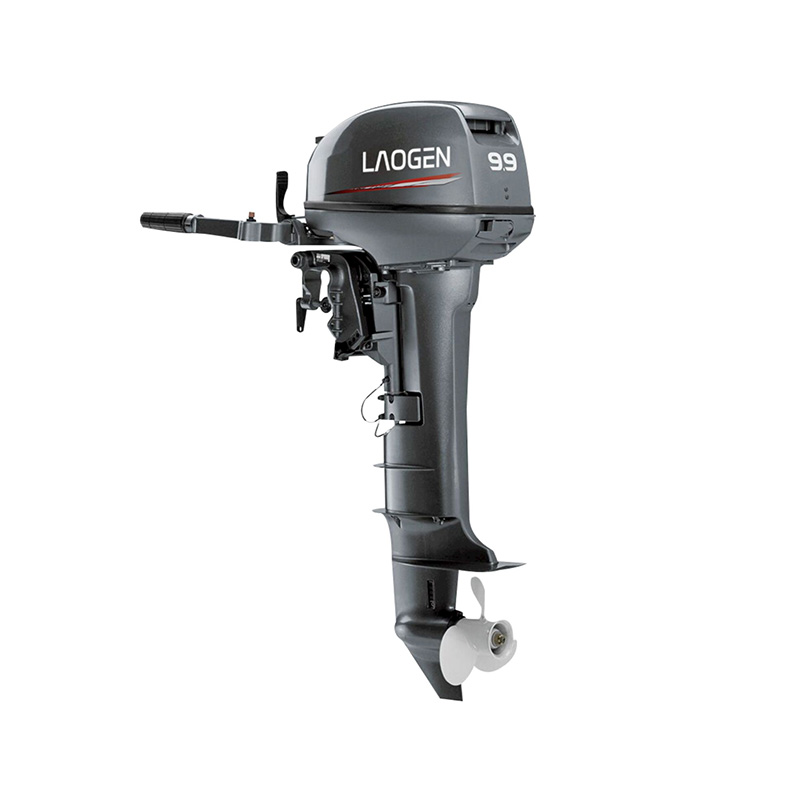Maintenance Tips That Extend The Life Of Your 2 Stroke Outboard Motor
For many boating enthusiasts, keeping an outboard motor 2 stroke in working order means more time on the water and less time in the shop. While these engines are known for their simple mechanics and strong performance, they still require regular care to maintain reliability and function over time. A few straightforward habits can go a long way in extending the lifespan of your 2 stroke outboard motor.
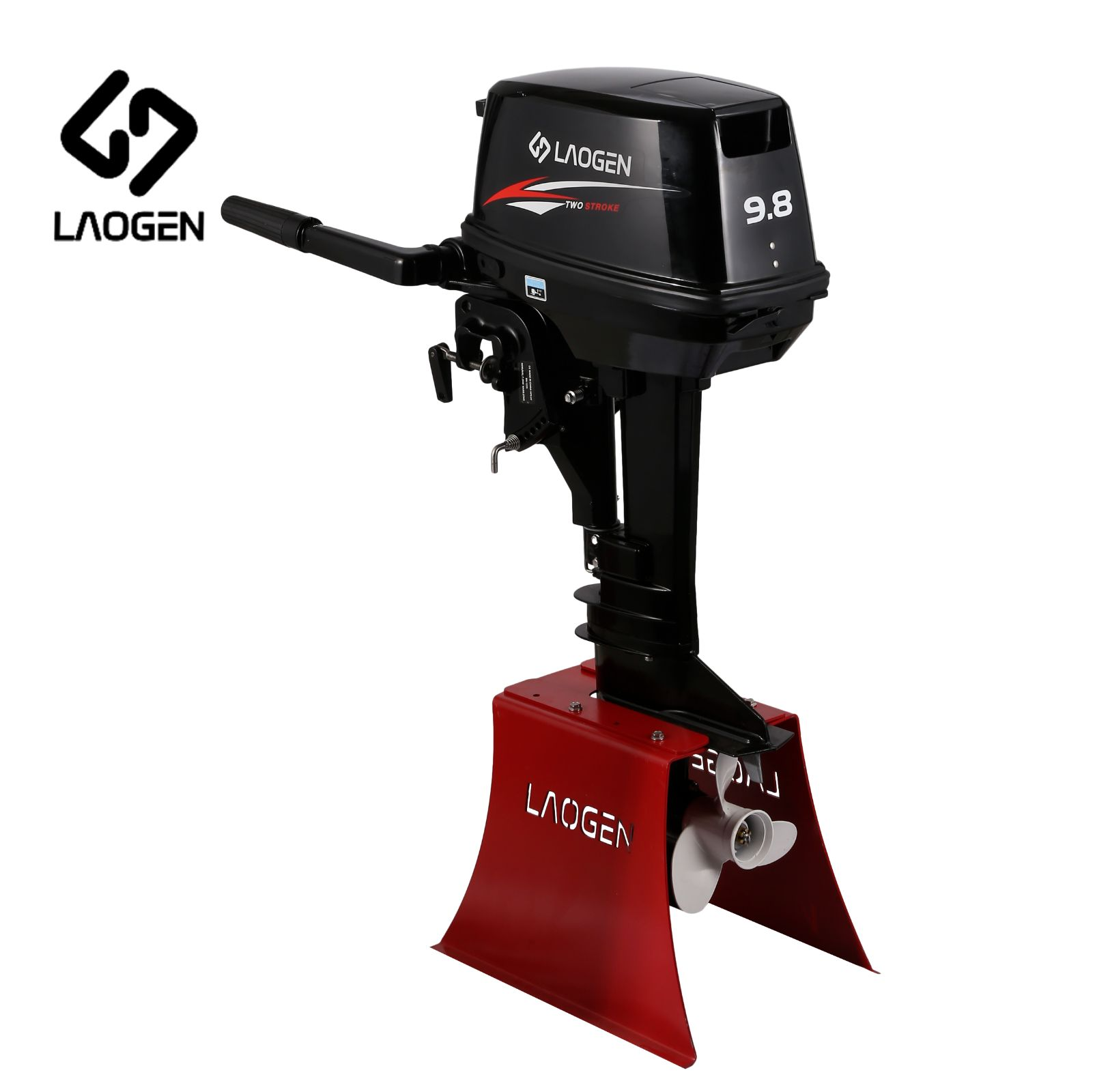
One of the key maintenance steps is flushing the engine after each use, especially when operating in saltwater. Salt and debris can accumulate quickly and cause corrosion or blockages in the cooling system. By running clean water through your 2 stroke outboard motor for several minutes after use, you reduce the risk of mineral buildup and internal wear. It's a routine that only takes a few minutes but can help prevent long-term issues.
Using fresh, high-quality fuel mixed at the correct oil ratio is also essential. The fuel-oil blend in an outboard motor 2 stroke not only powers the engine but also lubricates internal components. An incorrect ratio, or using old fuel, can result in poor combustion or even engine damage. To avoid such problems, always check your fuel mixture and avoid storing fuel for extended periods. If the engine will sit unused for more than a couple of weeks, it’s a good idea to drain the tank or use a fuel stabilizer.
Spark plugs are another simple yet critical component to inspect regularly. A fouled or worn spark plug can cause hard starting, rough idling, and reduced efficiency in your 2 stroke outboard motor. Replacing them at recommended intervals ensures smooth performance and helps identify other engine issues early. It's also wise to carry a spare set on board just in case.
Propeller maintenance is often overlooked but just as important. Regularly check for dings, fishing line, or debris wrapped around the shaft. A damaged or unbalanced propeller can cause strain on your outboard motor 2 stroke, pilot to increased fuel use or overheating. By removing and inspecting the propeller periodically, you help maintain smooth operation and protect the drive system.
Another useful habit is inspecting the fuel line and primer bulb for cracks or leaks. The materials used in 2 stroke outboard motor fuel systems can degrade over time, especially when exposed to UV rays or ethanol-based fuels. Any signs of wear should be addressed immediately to prevent air leaks or fuel delivery problems. Replacing these parts is relatively inexpensive and can save you from unexpected breakdowns on the water.
Storage is just as important as day-to-day care. If you plan to store your outboard motor 2 stroke for an extended period, take time to fog the engine, stabilize the fuel, and remove the battery. Storing the engine in a dry, covered area away from moisture will help reduce corrosion and protect sensitive parts. Covering the engine with a breathable cloth can also help prevent dust and debris from settling inside.
Follow the engine’s user manual for service intervals and recommended procedures. While many 2 stroke outboard motor tasks are simple enough for DIY maintenance, having a professional inspection once a year ensures that more technical components, like the water pump or carburetor, are functioning correctly.
By taking a proactive approach to care and handling, you can keep your outboard motor 2 stroke running efficiently for years. Routine maintenance not only helps avoid unexpected repairs but also enhances your experience every time you head out on the water.


 English
English русский
русский


